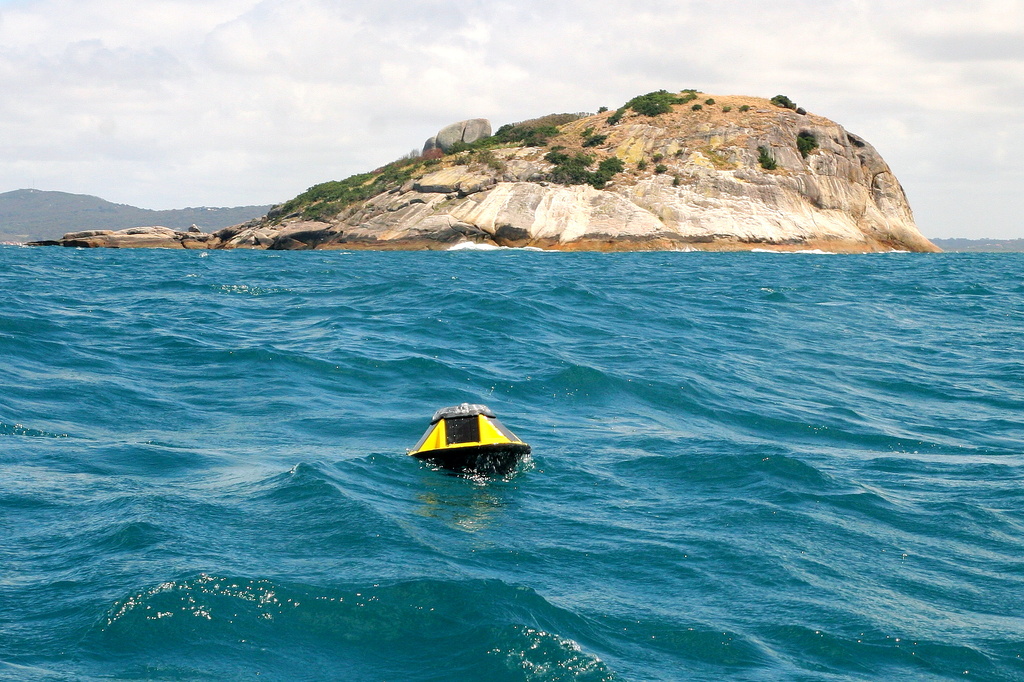Data from the low-cost wave buoy sites is available now.
The Low-Cost Wave Buoy Technology sub-Facility, led by the University of Western Australia in collaboration with Deakin University, the University of Melbourne, Australian Institute of Marine Science CSIRO and Minderoo, has been testing and developing methods of integrating this low-cost technology within in situ observation networks.
The sub-Facility is part of the IMOS New Technology Proving capability that is providing the opportunity to direct investment into piloting new technologies, methods to improve our efficiency, fill gaps and enhance our existing observations.
The sub-Facility has focused primarily on Spotter Wave Buoys, developed by Sofar Ocean Technologies. These wave buoys are significantly less expensive than conventional wave buoys, are smaller in size and easier to deploy.
The sub-Facility is assessing the performance of Spotter wave buoys over a wide range of oceanic conditions and is determining their reliability for long-term deployments compared to conventional wave buoys.
Four sites have been chosen to test this technology: Albany in Western Australia (WA), Ningaloo Reef in north western WA, Cape Bridgewater in Victoria, and Goodrich Bank in the Northern Territory (NT).
The data expands coastal wave observations delivered through IMOS and creates new workflows and QA/QC approaches for delivery of wave buoy data to the Australian Ocean Data Network (AODN) Portal for public distribution.
Data details:
The data from the spotter buoys at Albany WA (location titled Torbay east and west), Ningaloo north western WA, Goodrich Bank NT and Cape Bridgewater in Vic are available on the AODN Portal, and are marked in pink to differentiate them from the other types of wave buoys in the collection.
The data from each of these buoys can also be accessed via the THREDDS server.
The data has undergone QA/QC based on protocols from the IOOS Quality Assurance/ Quality Control of Real-Time Oceanographic Data (QARTOD) guide for in situ surface wave observations (https://ioos.noaa.gov/ioos-in-action/wave-data/), with several quality flags provided.
Workflows have been established for processing delayed mode data (including QA/QC) to produce IMOS-compliant netCDF files for incorporation into the National Buoy Archive Collection on the AODN Portal.
The netCDF files contain bulk wave parameters including wave height, period, direction, and directional spread.
